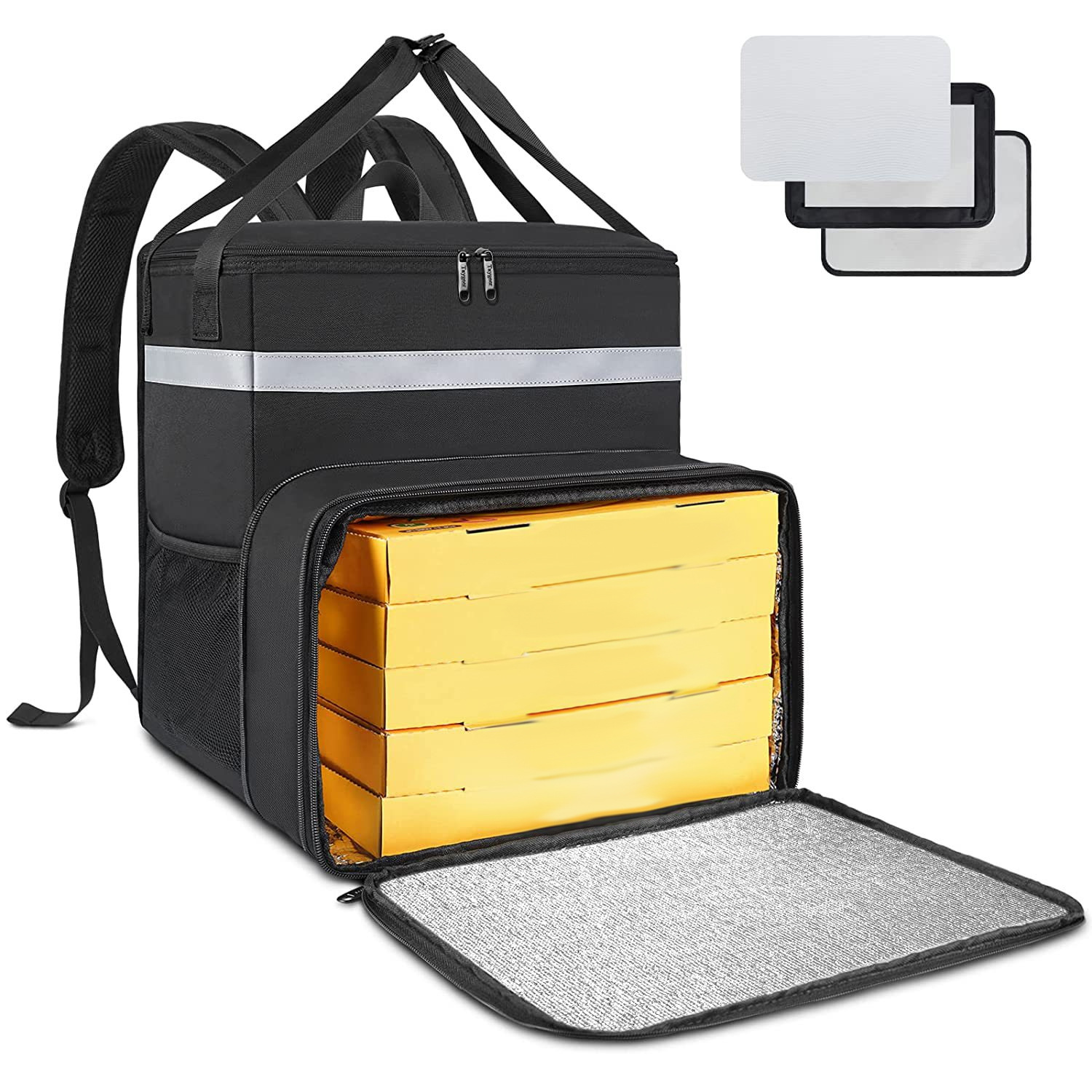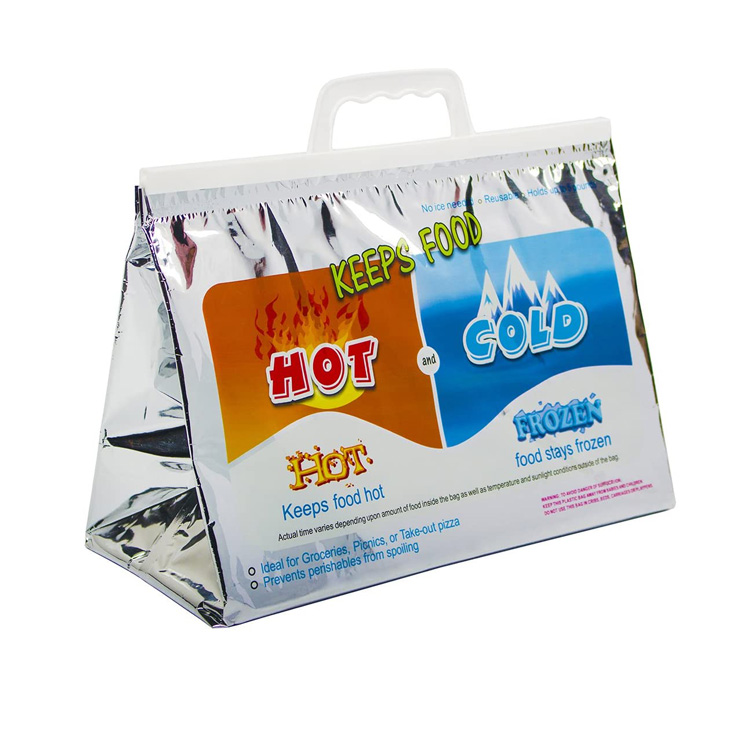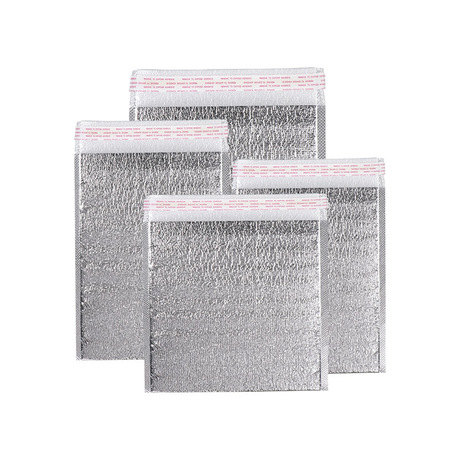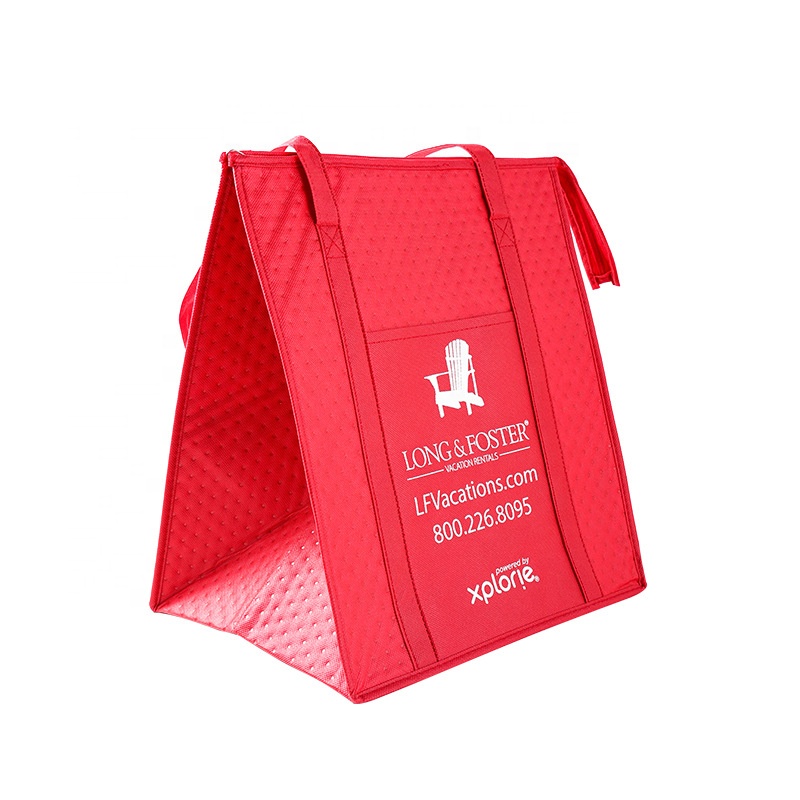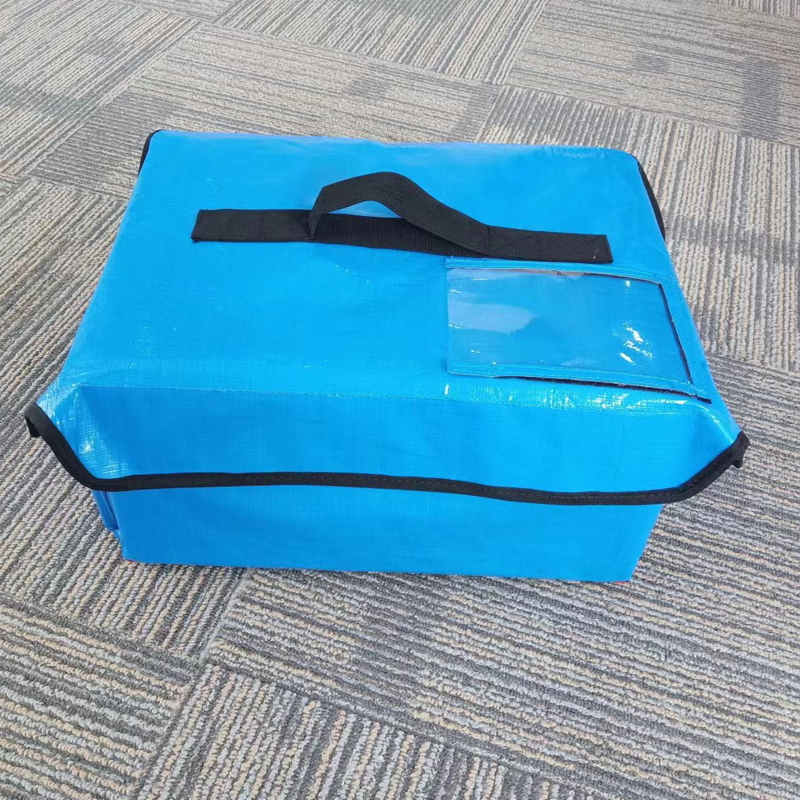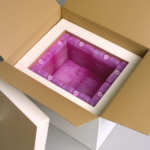In the ever – expanding world of e – commerce and food delivery, the need for efficient and reliable temperature – controlled shipping solutions has become more crucial than ever. Styrofoam cooler shipping boxes have emerged as a popular choice for transporting perishable goods, from frozen foods to pharmaceuticals. This article will delve deep into the world of styrofoam cooler shipping boxes, exploring their features, benefits, applications, and how to choose the right ones for your specific needs.
Understanding Styrofoam Cooler Shipping Boxes
What is Styrofoam?
Styrofoam is a brand name for expanded polystyrene foam (EPS). It is a lightweight, rigid foam material made from small, spherical beads of polystyrene that are expanded and fused together. The result is a material with a unique structure of tiny air – filled cells, which gives it excellent insulating properties. EPS is widely used in various industries, but its application in cooler shipping boxes has made it a staple in the world of temperature – sensitive transportation.
How Do Styrofoam Cooler Shipping Boxes Work?
The insulating properties of styrofoam cooler shipping boxes are primarily due to the trapped air within the foam’s cells. Air is a poor conductor of heat, and the structure of the styrofoam minimizes heat transfer through conduction, convection, and radiation. When used for shipping perishable items, the box acts as a barrier, preventing external heat from entering and internal cold from escaping. This helps to maintain the desired temperature inside the box for an extended period, keeping the contents fresh and in optimal condition.
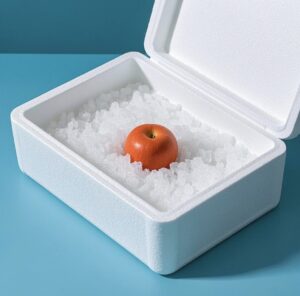
Key Features of Styrofoam Cooler Shipping Boxes
Exceptional Insulation
Styrofoam cooler shipping boxes offer outstanding insulation capabilities. The low thermal conductivity of EPS ensures that the temperature inside the box remains stable, even when exposed to fluctuating external temperatures. This makes them ideal for shipping frozen foods, which need to be kept at temperatures below 0°F (-18°C), as well as refrigerated items that require a temperature range of 32 – 40°F (0 – 4°C). For example, a well – insulated styrofoam cooler box can keep frozen goods frozen for up to 24 – 48 hours during transit, depending on the thickness of the foam and the external conditions.
Lightweight Design
One of the significant advantages of styrofoam cooler shipping boxes is their lightweight nature. Compared to other types of insulated containers, such as metal or thick – walled plastic coolers, styrofoam boxes are much lighter. This not only reduces the overall weight of the shipment but also helps to cut down on shipping costs. In the logistics industry, where every pound matters, the lightweight design of styrofoam cooler boxes can make a significant difference, especially for long – distance or high – volume shipments.
Durability and Protection
Despite their lightweight construction, styrofoam cooler shipping boxes are surprisingly durable. The rigid foam structure provides excellent protection against impacts, vibrations, and rough handling during transportation. The boxes can withstand normal wear and tear associated with shipping, ensuring that the delicate and perishable contents inside are safe. Additionally, many styrofoam cooler boxes are designed with reinforced corners or thicker walls in critical areas to enhance their durability and protect the contents from damage.
Cost – Effectiveness
Styrofoam cooler shipping boxes are often more cost – effective compared to other types of insulated shipping containers. The raw material, EPS, is relatively inexpensive, and the manufacturing process is straightforward. This results in lower production costs, which are passed on to the consumers. Whether you are a small – scale food business or a large – scale e – commerce retailer, using styrofoam cooler shipping boxes can help you save on packaging and shipping expenses without compromising on the quality of temperature – controlled transportation.
Versatility in Sizes and Shapes
Styrofoam cooler shipping boxes are available in a wide range of sizes and shapes to meet various shipping needs. From small, compact boxes suitable for individual food items or pharmaceutical samples to large, pallet – sized containers for bulk shipments, there is a styrofoam cooler box for every application. The versatility in sizing allows businesses to choose the most appropriate box for their products, optimizing space utilization and minimizing waste. Additionally, some styrofoam cooler boxes can be customized with inserts, dividers, or compartments to further protect and organize the contents.
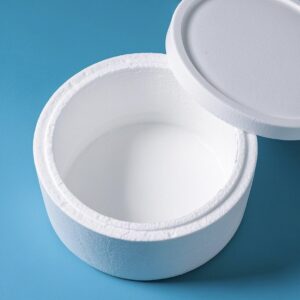
Applications of Styrofoam Cooler Shipping Boxes
Food and Beverage Industry
The food and beverage industry is one of the primary users of styrofoam cooler shipping boxes. They are extensively used for shipping frozen foods, such as ice cream, frozen meats, and frozen fruits and vegetables. These boxes help to maintain the frozen state of the food during transit, preventing thawing and spoilage. In the case of refrigerated foods, like dairy products, fresh seafood, and deli meats, styrofoam cooler shipping boxes keep the items at the proper temperature, ensuring their freshness and quality. Moreover, the boxes are also used for shipping perishable beverages, such as craft beers, wines, and cold – pressed juices.
Pharmaceutical and Healthcare Sector
In the pharmaceutical and healthcare industry, maintaining the integrity of temperature – sensitive products is of utmost importance. Styrofoam cooler shipping boxes are used to transport medications, vaccines, and diagnostic samples that require specific temperature conditions. Vaccines, for example, need to be stored and transported at precise temperatures to ensure their effectiveness. Styrofoam cooler shipping boxes, when used in combination with ice packs or temperature – monitoring devices, can provide a reliable and cost – effective solution for shipping these critical healthcare products.
Floral and Horticulture Industry
The floral and horticulture industry also benefits from styrofoam cooler shipping boxes. Fresh flowers are highly perishable and require a cool environment to maintain their freshness and longevity. Styrofoam cooler boxes are used to ship cut flowers, potted plants, and live plant specimens. The insulation provided by the boxes helps to protect the plants from extreme temperatures during transit, ensuring that they arrive at their destination in good condition. Additionally, the lightweight nature of the boxes is advantageous for shipping flowers, as it reduces the shipping costs associated with heavy packaging materials.
E – commerce and Online Retail
With the rapid growth of e – commerce, more and more consumers are ordering perishable items online. Styrofoam cooler shipping boxes play a crucial role in ensuring that these items reach the customers in a fresh and usable state. Online retailers of gourmet foods, meal kits, and artisanal products rely on styrofoam cooler shipping boxes to deliver their products to customers across the country or even globally. The cost – effectiveness and insulation capabilities of these boxes make them an ideal choice for e – commerce businesses looking to provide a high – quality delivery experience for their customers.

Choosing the Right Styrofoam Cooler Shipping Boxes
Consider the Temperature Requirements
The first and most important factor to consider when choosing styrofoam cooler shipping boxes is the temperature requirements of the items you are shipping. Different products have different optimal temperature ranges for storage and transportation. For frozen foods, you need a box that can maintain a very low temperature, while for refrigerated items, a slightly higher temperature range is acceptable. Make sure to choose a styrofoam cooler box with insulation properties that can meet the specific temperature needs of your products. Some boxes may come with additional features, such as reflective liners or enhanced insulation layers, to provide better temperature control.
Evaluate the Size and Capacity
The size and capacity of the styrofoam cooler shipping box should be appropriate for the quantity and size of the items you are shipping. Measure the dimensions of the products and calculate the total volume to determine the right box size. If the box is too large, it may not be able to maintain the temperature efficiently, as there will be more empty space for heat to circulate. On the other hand, if the box is too small, it may not be able to accommodate all the items, leading to overcrowding and potential damage. Consider the shape of the items as well, as some boxes may be more suitable for rectangular or irregularly shaped products.
Check the Durability and Quality
As mentioned earlier, durability is an important factor in choosing styrofoam cooler shipping boxes. Look for boxes made from high – quality EPS material with a sturdy construction. Check the thickness of the foam walls, as thicker walls generally provide better insulation and durability. Boxes with reinforced corners or additional structural support are more likely to withstand the rigors of transportation. Read customer reviews or product specifications to get an idea of the quality and reliability of the boxes. You can also request samples from the manufacturer or supplier to test the durability and insulation performance of the boxes before making a large – scale purchase.
Look for Customization Options
Depending on your specific shipping needs, you may want to consider styrofoam cooler shipping boxes that offer customization options. Some manufacturers can print your company logo, branding, or product information on the boxes, which can help to promote your brand and make your shipments more recognizable. Custom inserts, dividers, or compartments can also be added to the boxes to protect and organize the contents better. If you have unique requirements for the shape or size of the box, some suppliers may be able to provide custom – made solutions.
Consider the Cost – Benefit Ratio
While cost is an important consideration, it should not be the sole determining factor when choosing styrofoam cooler shipping boxes. Instead, focus on the cost – benefit ratio. Compare the prices of different boxes from various suppliers, but also consider their performance, durability, and other features. A slightly more expensive box that offers better insulation, durability, and customization options may be a better long – term investment, as it can help to reduce product losses due to spoilage or damage during shipping. Calculate the total cost of using the boxes, including shipping costs, and factor in the potential savings in terms of product quality and customer satisfaction.
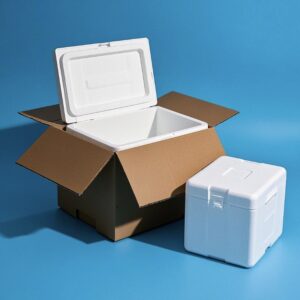
Proper Use and Handling of Styrofoam Cooler Shipping Boxes
Packing the Contents
When packing the items in the styrofoam cooler shipping box, it is essential to do it properly to ensure optimal temperature control and protection. First, make sure that the items are properly wrapped and sealed. Use additional insulation materials, such as bubble wrap or foam sheets, to fill any gaps between the items and the walls of the box. This helps to minimize the movement of air inside the box, which can carry heat. Place the items in the center of the box, as this is the area that will be the most insulated. If you are using ice packs or cold packs to maintain the temperature, place them around the items, making sure they are in contact with the products to provide maximum cooling.
Sealing the Box
Sealing the styrofoam cooler shipping box tightly is crucial to prevent heat from entering or cold from escaping. Use high – quality packing tape to seal all the seams and openings of the box. Make sure that the tape adheres well to the styrofoam surface and forms a tight seal. Check the box for any gaps or holes before sealing it, and if necessary, use additional tape or foam to cover them. A properly sealed box will help to maintain the temperature inside for a longer period, ensuring the freshness and quality of the contents.
Labeling the Box
Properly labeling the styrofoam cooler shipping box is important for several reasons. First, it helps to identify the contents of the box, especially if you are shipping multiple items or different types of products. Include information such as the product name, quantity, temperature requirements, and any handling instructions on the label. Second, labeling the box with the appropriate shipping and handling information, such as the destination address, sender’s address, and any special instructions for the carrier, ensures that the box is delivered to the correct location and handled properly during transit. Use clear and legible labels, and make sure they are securely attached to the box.
Storing and Handling the Boxes
When storing styrofoam cooler shipping boxes, keep them in a cool, dry place away from direct sunlight and heat sources. Exposure to heat or sunlight can cause the styrofoam to degrade over time, reducing its insulation and durability. Avoid stacking the boxes too high, as this can put pressure on the lower boxes and cause them to deform or crack. When handling the boxes, be careful not to drop or puncture them, as this can also damage the insulation and compromise the integrity of the box. If you need to transport the boxes, use a vehicle or container that provides protection from the elements and rough handling.

Environmental Considerations of Styrofoam Cooler Shipping Boxes
The Environmental Impact of Styrofoam
Styrofoam, like other forms of plastic, has raised concerns about its environmental impact. EPS is not biodegradable, which means it can take hundreds of years to decompose in landfills. Additionally, the production of styrofoam requires the use of fossil fuels and energy, contributing to greenhouse gas emissions. When styrofoam is disposed of improperly, it can also end up in water bodies, causing harm to wildlife and marine ecosystems. However, it is important to note that the environmental impact of styrofoam cooler shipping boxes can be mitigated through proper recycling and waste management practices.
Recycling Options for Styrofoam
Fortunately, there are recycling options available for styrofoam. Many recycling centers now accept EPS, but it often requires special handling and processing. Styrofoam can be recycled into new products, such as picture frames, packing materials, and even building insulation. Some companies also offer take – back programs for used styrofoam cooler shipping boxes, where they collect the boxes and recycle them on behalf of the customers. To recycle styrofoam, make sure to clean the boxes thoroughly and remove any labels or tape. Check with your local recycling center or waste management provider to find out if they accept styrofoam and what their specific recycling requirements are.
Sustainable Alternatives to Styrofoam
In recent years, there has been a growing interest in sustainable alternatives to styrofoam. Some of these alternatives include biodegradable or compostable insulation materials, such as bamboo – based foam, recycled paper – pulp insulation, and mushroom – based insulation. These materials offer similar insulating properties to styrofoam but are more environmentally friendly. Additionally, reusable shipping containers, such as insulated plastic totes or fabric – lined coolers, can also be used as an alternative to single – use styrofoam boxes. While these alternatives may have their own advantages and disadvantages, they provide options for businesses and consumers who are looking to reduce their environmental footprint.
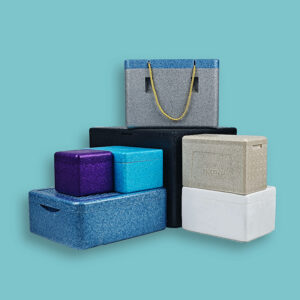
Frequently Asked Questions (FAQs)
How long can a styrofoam cooler shipping box keep items cold?
The length of time a styrofoam cooler shipping box can keep items cold depends on several factors, including the thickness of the foam, the external temperature, the initial temperature of the items, and the use of additional cooling agents like ice packs. On average, a well – insulated styrofoam cooler box can keep items cold for 12 – 48 hours. Boxes with thicker walls and better insulation can maintain the cold temperature for a longer period, sometimes up to 72 hours or more. However, it is important to note that these are approximate estimates, and the actual performance may vary depending on the specific conditions.
Can styrofoam cooler shipping boxes be reused?
Yes, styrofoam cooler shipping boxes can often be reused, provided they are in good condition. Check the boxes for any signs of damage, such as cracks, holes, or excessive wear and tear. If the boxes are still structurally sound and the insulation is intact, they can be cleaned and reused for future shipments. However, if the boxes have been damaged or if the insulation has been compromised, it is recommended to replace them to ensure proper temperature control and protection of the contents.
Are styrofoam cooler shipping boxes safe for food contact?
Styrofoam cooler shipping boxes that are specifically designed for food use are generally considered safe for food contact. These boxes are made from food – grade EPS material, which is approved by regulatory agencies for use in food packaging. However, it is important to ensure that the boxes are clean and free from any contaminants before using them to ship food items. Avoid using boxes that have been previously used for non – food items or that may have come into contact with harmful substances.
How do I dispose of styrofoam cooler shipping boxes?
If you are unable to recycle the styrofoam cooler shipping boxes, the best way to dispose of them is to take them to a local landfill. However, it is always recommended to check with your local waste management provider for any specific disposal guidelines or restrictions in your area. Some areas may have recycling programs or take – back initiatives for styrofoam, so it is worth exploring these options first. Avoid littering or disposing of styrofoam boxes in water bodies, as this can cause environmental pollution.
Conclusion
Styrofoam cooler shipping boxes are a reliable and cost – effective solution for transporting perishable goods. Their excellent insulation properties, lightweight design, durability, and versatility make them a popular choice in various industries, including food and beverage, pharmaceuticals, floral, and e – commerce. By understanding the key features, applications, and considerations when choosing and using styrofoam cooler shipping boxes, businesses can ensure the safe and efficient transportation of their temperature – sensitive products. Additionally, being aware of the environmental impact of styrofoam and exploring recycling options and sustainable alternatives can help to minimize the ecological footprint associated with these boxes. Whether you are a small business owner or a large – scale retailer, styrofoam cooler shipping boxes can play a crucial role in your supply chain and help you meet the demands of your customers.







